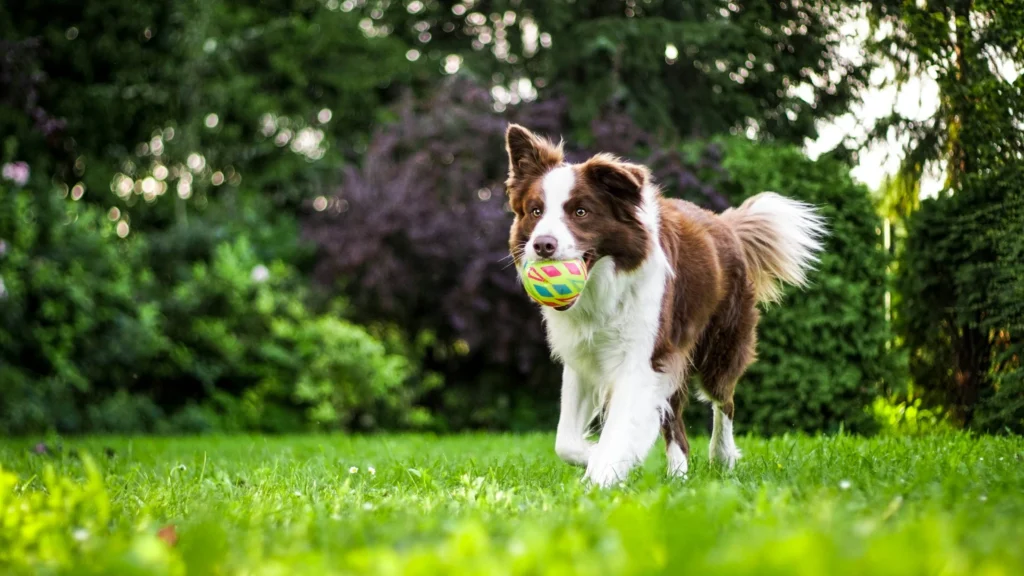If you’re like many Pacific Northwest dog owners, summer means outdoor adventures, hikes through Forest Park, runs along the Tualatin River, and off-leash fun in grassy meadows. But with all the natural beauty Oregon has to offer, there’s also something we see too often at Nimbus Pet Hospital this time of year: grass awn injuries.
Grass awns, often from plants like cheatgrass or foxtails, are sharp, barbed seed heads designed to burrow into soil and spread the plant. Unfortunately, they don’t know the difference between dirt and your dog. Once embedded, they can migrate through the skin and cause serious, sometimes life-threatening issues.
Why Grass Awns Are a Big Deal
Grass awns don’t just stick in your dog’s fur… they can also work their way inward. Their pointed, arrow-like shape allows them to travel in only one direction: deeper. Depending on where they enter the body, they can cause abscesses, infections, or even end up in the lungs or abdomen. I’ve seen dogs with draining tracts that won’t heal, unexplained limping, and even sudden coughing and fever, later traced back to a grass awn.
The paws are one of the most common entry points. Dogs running through tall grass can easily pick up awns between their toes. From there, the awns can pierce the skin and migrate through the tissue. Ears, eyes, noses, and even the genital area are other vulnerable spots.
What to Watch For
Some signs of a grass awn injury can be subtle. If your dog is shaking their head repeatedly, licking a paw obsessively, limping, or developing swelling or discharge anywhere on their body, it could be due to a grass awn. These injuries are painful and often become infected quickly.
Unfortunately, because awns can be so small and migrate internally, they’re often not visible by the time symptoms appear. We may need imaging or even exploratory procedures to find and remove them. Early detection can prevent complications and avoid surgery.
How to Protect Your Dog
Prevention is key. After any outdoor outing, especially if your dog has been off-leash in fields or hiking trails, do a thorough check. Look between the toes, in the ears, around the eyes, and under the tail. Use a brush to go through their coat and keep the fur trimmed around their paws.
If you find an awn stuck on the surface, gently remove it before it embeds. But if you notice swelling, pain, or any of the symptoms mentioned earlier, have your dog examined right away.
We’re Here to Help
At Nimbus Pet Hospital, we’ve seen firsthand how dangerous grass awns can be. If your pet is showing any concerning signs or you need help doing a post-hike check, we’re happy to help. Oregon’s wilderness is beautiful, but it’s important to enjoy it safely—grass awns may be small, but the problems they cause are anything but. Stay safe out there.

